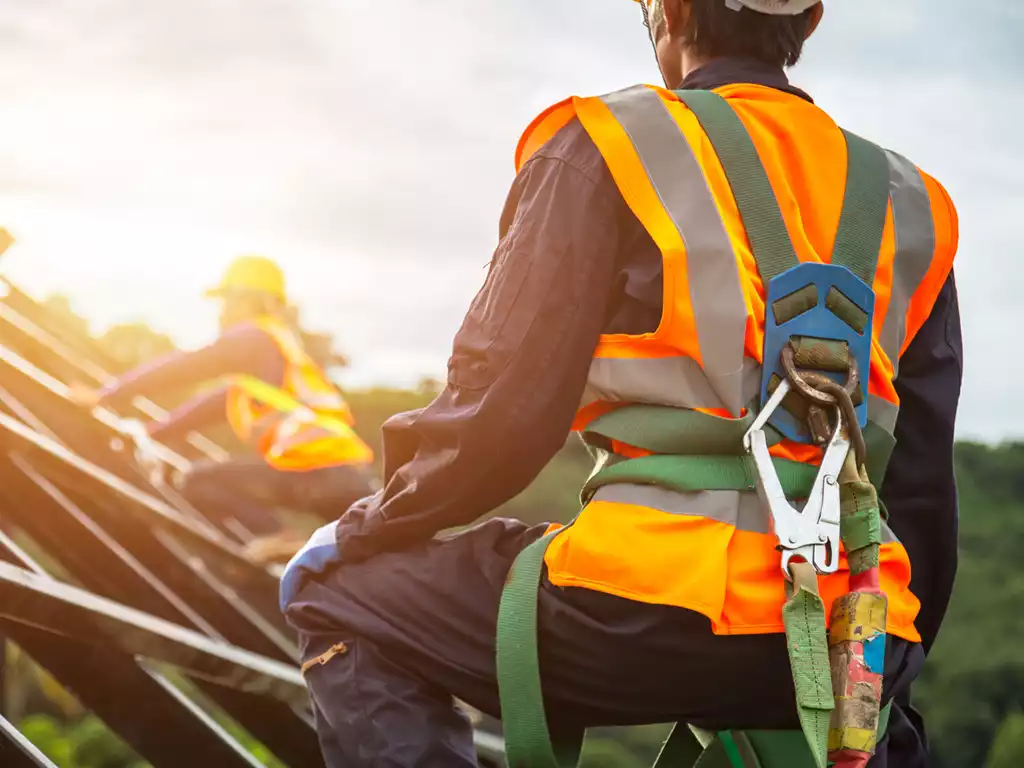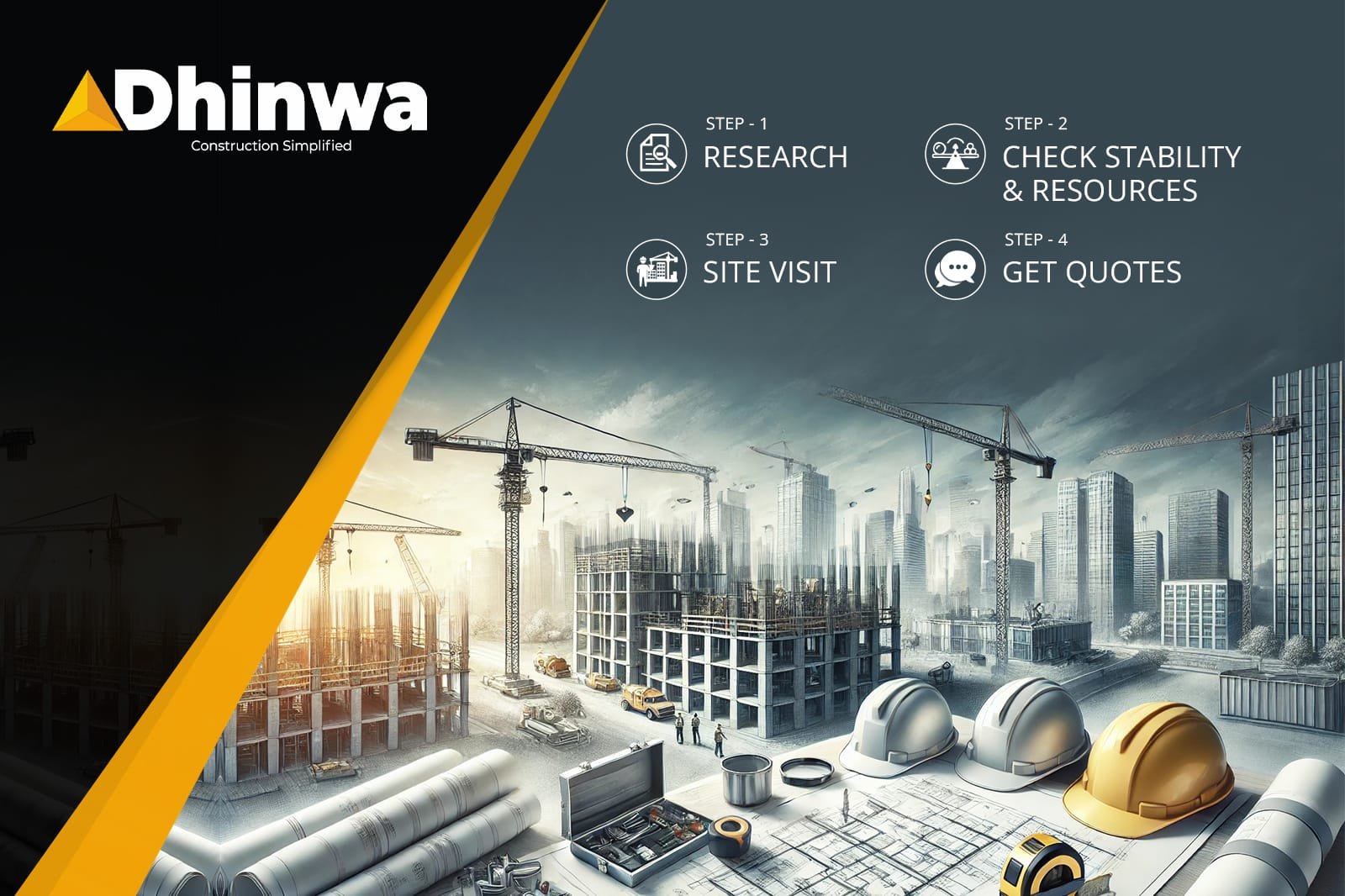Construction Site Safety Rules and Regulations in India: Ensuring a Safe Workplace

Table of Contents
The construction industry in India is one of the largest sectors of the economy, employing millions of people. However, it is also one of the most hazardous, with a significant number of accidents occurring on construction sites each year. These accidents can result in severe injuries or even fatalities, highlighting the importance of strict safety measures. In this comprehensive guide, we’ll explore the essential construction site safety rules and regulations in India, along with practical tips to ensure a safer working environment.
Overview of Construction Site Safety in India
The construction sector in India plays a crucial role in the nation’s infrastructure development. However, it also presents significant occupational safety challenges. Despite the implementation of safety regulations, construction sites are often fraught with risks due to the nature of the work, which involves heavy machinery, hazardous materials, and working at heights. The tag of ‘Best construction firm in Jaipur, Rajasthan‘ comes with a lot of responsibilities and ensuring the safety of our people is a must for us to maintain that.
According to a study conducted by NIT Surat and IIT Delhi, the construction industry accounts for around 24% of all workplace fatalities in India. The major causes of these accidents include falls from heights, electrocutions, being struck by objects, and machinery accidents. This alarming statistic underscores the need for stringent safety measures and adherence to regulations to protect workers’ lives.
Importance of Construction Site Safety Rules
Safety rules and regulations are not just legal obligations but are essential to creating a secure and productive work environment. They help in minimizing the risks associated with construction work, ensuring that workers can perform their duties without fear of injury or fatality.
Reducing the Risk of Accidents
The primary goal of safety rules is to prevent accidents. By following established guidelines, the likelihood of incidents such as falls, electrocutions, and equipment-related injuries is significantly reduced. This not only protects workers but also ensures that projects are completed on time without the disruption that accidents can cause.
Protecting Worker Health and Well-being
Beyond preventing accidents, safety regulations also focus on protecting workers’ health. This includes measures to prevent long-term health issues caused by exposure to hazardous materials, excessive noise, or repetitive stress injuries. Providing a safe working environment ensures that workers can perform their tasks efficiently and without unnecessary health risks.
Legal and Financial Implications
Non-compliance with safety regulations can lead to severe legal consequences, including hefty fines, project shutdowns, and even criminal charges in the case of gross negligence. Additionally, accidents on site can result in costly delays and increased insurance premiums. By adhering to safety rules, construction companies can avoid these financial pitfalls.
Key Construction Site Safety Regulations in India
India has a robust legal framework in place to ensure the safety and well-being of construction workers. The key regulations that govern construction site safety include the BOCW Act, the Factories Act, and the Occupational Safety Code. Let’s delve into these in detail.
The Building and Other Construction Workers (Regulation of Employment and Conditions of Service) Act, 1996 (BOCW Act)
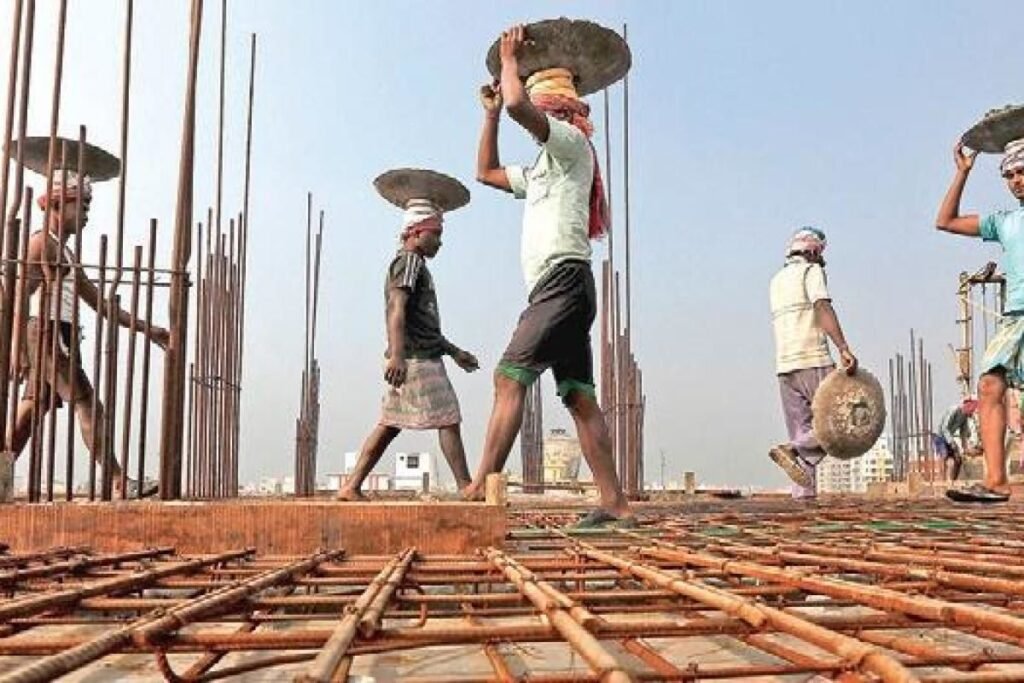
The BOCW Act is a comprehensive law aimed at regulating the employment and conditions of service of building and construction workers. It seeks to provide safety, health, and welfare measures for workers engaged in construction activities.
- Safety Provisions: The Act mandates the provision of necessary safety measures on construction sites, including safe working conditions, protective gear, and measures to prevent accidents.
- Welfare Measures: The Act also includes provisions for the welfare of construction workers, such as housing, healthcare, and insurance benefits.
- Implementation: The Act is implemented by state governments, with specific rules framed for each state to address local conditions and requirements.
Here is a link to understand the BOCW Act, 1996 even better.
The Factories Act, 1948

While primarily aimed at factories, the Factories Act also applies to certain construction activities, particularly those carried out within factory premises. The Act includes provisions for ensuring the safety, health, and welfare of workers.
- Safety Measures: The Factories Act mandates the implementation of safety measures such as machine guarding, fire safety, and proper maintenance of equipment.
- Health Provisions: It also includes regulations regarding the cleanliness of workspaces, adequate ventilation, and the prevention of overcrowding.
- Welfare Measures: The Act requires the provision of first-aid facilities, restrooms, and protective equipment to workers.
Here is a link to understand the Factories Act, 1948 even better.
The Occupational Safety, Health, and Working Conditions Code, 2020
The Occupational Safety Code is a more recent legislation that consolidates various labor laws, including those related to construction safety. It seeks to simplify and streamline safety regulations across different sectors, including construction.
- Unified Safety Standards: The Code introduces uniform safety standards for all sectors, including construction, ensuring consistent enforcement across the country.
- Worker Rights: It strengthens the rights of workers to a safe working environment and mandates regular safety audits and inspections.
- Employer Obligations: Employers are required to ensure that all safety measures are in place, provide necessary training, and maintain records of workplace accidents and safety compliance.
Here is a link to understand the Factories Act, 1948 even better.
Essential Safety Rules for Construction Sites
While regulations provide a legal framework, practical safety on construction sites depends on the implementation of specific safety rules. These rules cover various aspects of site management, equipment use, and worker protection.
Site Management and Organization
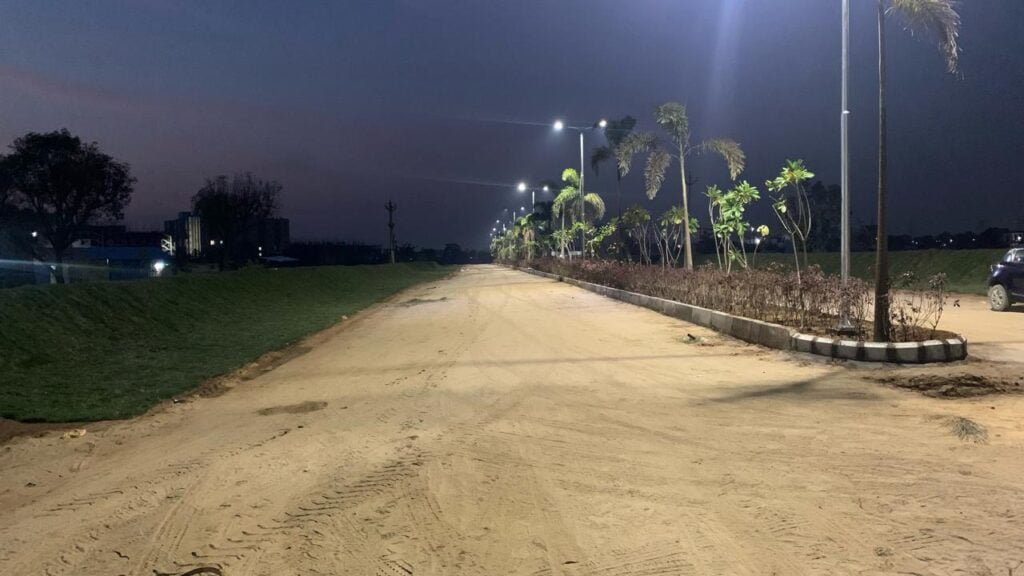
Proper site management is the cornerstone of construction safety. This involves organizing the site in a way that minimizes risks and ensures that safety measures are easily accessible.
- Site Layout: The layout of the construction site should be planned to minimize hazards. This includes designated areas for different types of work, clear pathways for movement, and the separation of hazardous zones.
- Signage: Safety signs should be prominently displayed across the site, indicating potential hazards, mandatory safety gear, and emergency exits.
- Housekeeping: Regular housekeeping is crucial to keeping the site safe. This involves the prompt removal of debris, the proper storage of materials, and ensuring that tools and equipment are returned to their designated places after use.
Personal Protective Equipment (PPE)
The use of Personal Protective Equipment (PPE) is a fundamental aspect of construction site safety. PPE includes various types of protective gear designed to safeguard workers against specific hazards.
- Head Protection: Hard hats are essential on construction sites to protect workers from head injuries caused by falling objects.
- Eye and Face Protection: Safety glasses and face shields protect workers from flying debris, chemical splashes, and other hazards that can cause eye and facial injuries.
- Hearing Protection: In areas with high noise levels, such as near heavy machinery, workers should use earplugs or earmuffs to protect their hearing.
- Hand and Foot Protection: Gloves and steel-toed boots are crucial for protecting hands and feet from cuts, burns, and crush injuries.
- Respiratory Protection: In environments with dust, fumes, or other airborne contaminants, respiratory protection such as masks or respirators should be used.
Machinery and Equipment Safety

Construction sites are filled with various machinery and equipment, each posing its own set of risks. Ensuring that these are used safely is critical to preventing accidents.
- Operator Training: Only trained and certified operators should be allowed to operate heavy machinery. Regular refresher training should be provided to keep operators up-to-date with safety procedures.
- Regular Maintenance: Machinery and equipment should undergo regular maintenance checks to ensure they are in good working condition. Faulty equipment should be repaired or replaced immediately.
- Lockout/Tagout Procedures: Before performing maintenance on machinery, lockout/tagout procedures should be followed to ensure that the equipment is de-energized and cannot be accidentally started.
Scaffolding Safety
Scaffolding is a common feature on construction sites, but it also poses significant risks if not properly erected and maintained.
- Proper Erection: Scaffolding should be erected by trained professionals following the manufacturer’s guidelines and safety standards. It should be stable, level, and capable of supporting the intended load.
- Inspection: Scaffolding should be inspected regularly, especially after adverse weather conditions or any alterations. Any damaged or defective components should be repaired or replaced immediately.
- Safe Access: Ladders or stairways should be provided for safe access to scaffolding. Workers should never climb on the cross-braces or the frame of the scaffolding.
Electrical Safety
Electricity is a major hazard on construction sites, with the potential to cause shocks, burns, and even fatal injuries. Ensuring electrical safety is therefore paramount.
- Grounding and Bonding: All electrical equipment should be properly grounded and bonded to prevent electrical shocks. Temporary power supplies should be installed following the National Electrical Code (NEC) standards, ensuring that circuits are grounded and properly insulated.
- Use of GFCIs: Ground Fault Circuit Interrupters (GFCIs) should be installed on all outlets used for temporary electrical supplies to prevent electrical shocks. These devices detect ground faults and interrupt the circuit before any harm can occur.
- Proper Insulation: All electrical cords and wiring must be adequately insulated to prevent accidental contact with live wires. Damaged cords should be replaced immediately, and makeshift repairs, such as using electrical tape, should be avoided.
- Safe Wiring Practices: Electrical wiring should be conducted by licensed electricians following the NEC and local safety codes. Temporary wiring should not be left exposed, and all wires should be secured and out of the way to prevent tripping or accidental contact.
- Lockout/Tagout Procedures: Before any electrical work is done, the power source should be locked out and tagged out to ensure it cannot be accidentally turned on. Workers should follow strict lockout/tagout protocols to protect themselves and others from electrical hazards.
Specialized Safety Protocols
In addition to the general safety rules, certain construction activities require specialized safety protocols due to their inherently hazardous nature. These include working at heights, excavation, handling hazardous materials, and ensuring fire safety.
Working at Heights
Falls from heights are one of the leading causes of fatalities on construction sites. Therefore, specific safety measures are necessary to protect workers engaged in activities at elevated levels.
- Fall Protection Systems: All workers working at heights must be equipped with fall protection systems, including guardrails, safety nets, and personal fall arrest systems (PFAS). These systems should be regularly inspected and maintained to ensure they are in good working condition.
- Proper Training: Workers should receive comprehensive training on how to properly use fall protection equipment, including how to inspect their gear and identify potential hazards. Training should also cover rescue procedures in the event of a fall.
- Safe Access: Scaffolding, ladders, and aerial lifts used to reach elevated areas should be stable and properly secured. Workers should never climb on unsafe structures or use equipment that is not designed for the specific height.
- Work Area Management: Elevated work areas should be kept free of debris and unnecessary tools that could create tripping hazards. Only authorized personnel should be allowed in these areas, and signs should be posted to warn others of potential dangers.
Excavation and Trenching
Excavation and trenching are common construction activities but pose significant risks, including cave-ins, falls, and exposure to hazardous atmospheres.
- Trench Safety Systems: Protective systems, such as shoring, shielding, or sloping, should be used in trenches that are deeper than 1.2 meters (4 feet) to prevent cave-ins. The choice of system depends on the soil type and depth of the trench.
- Regular Inspections: Trenches should be inspected daily by a competent person to identify any signs of instability, water accumulation, or other hazards. Inspections should also be conducted after any weather event that could affect the trench’s stability.
- Safe Access and Egress: Ladders or ramps should be provided for safe access and egress in trenches deeper than 1.2 meters. Workers should never jump into or out of trenches and should always use the designated entry and exit points.
- Atmospheric Testing: If there is a possibility of hazardous atmospheres (e.g., oxygen deficiency, toxic gases), atmospheric testing should be conducted before workers enter the trench. If hazardous conditions are detected, appropriate ventilation or respiratory protection should be provided.
Handling Hazardous Materials
Construction sites often involve the use of hazardous materials, such as chemicals, asbestos, and silica, which can pose serious health risks if not handled properly.
- Material Safety Data Sheets (MSDS): Workers should have access to Material Safety Data Sheets (MSDS) for all hazardous materials on site. These sheets provide information on the properties of the materials, potential hazards, and safety precautions.
- Proper Storage and Labeling: Hazardous materials should be stored in designated areas, away from incompatible substances, and in containers that are properly labeled. Labels should clearly indicate the contents, hazards, and necessary precautions.
- Use of PPE: Workers handling hazardous materials should wear appropriate PPE, such as gloves, respirators, and protective clothing, to prevent exposure. PPE should be selected based on the specific hazards of the material being handled.
- Training and Emergency Procedures: Workers should receive training on how to safely handle hazardous materials, including the proper use of PPE, safe storage practices, and emergency procedures in case of a spill or exposure.
Fire Safety on Construction Sites
Fire hazards are a significant concern on construction sites due to the presence of flammable materials, hot work (such as welding), and temporary electrical systems.
- Fire Prevention Plan: Every construction site should have a fire prevention plan that includes identifying potential fire hazards, safe storage of flammable materials, and procedures for controlling ignition sources.
- Hot Work Permits: Activities like welding, cutting, and grinding should be conducted only in designated areas, and a hot work permit system should be in place. Workers should ensure that the area is free of flammable materials and that fire watch personnel are present during and after the work.
- Fire Extinguishers and Equipment: Fire extinguishers should be readily available and appropriately rated for the types of fires that could occur on the site (e.g., Class A, B, or C). Workers should be trained on how to use fire extinguishers and understand when and how to evacuate the area in case of a fire.
- Emergency Evacuation Plan: An emergency evacuation plan should be in place, with clear procedures for evacuating the site in case of a fire or other emergencies. Regular fire drills should be conducted to ensure that all workers are familiar with the evacuation routes and procedures.
The Role of Training and Awareness in Construction Safety
Training and awareness are critical components of construction site safety. Without proper training, even the best safety protocols can be ineffective, as workers may not know how to implement them correctly.
Comprehensive Safety Training Programs
Safety training should be comprehensive and tailored to the specific hazards of the construction site. This includes general safety training for all workers and specialized training for those engaged in high-risk activities, such as working at heights or handling hazardous materials.
- Induction Training: All workers should receive induction training when they first arrive on the site. This training should cover the site’s safety rules, emergency procedures, and specific hazards they may encounter.
- Ongoing Training: Safety training should not be a one-time event. Ongoing training is essential to keep workers up-to-date with the latest safety standards, new equipment, and changes in work procedures. Regular refresher courses should be mandatory.
- Specialized Training: Workers involved in specific tasks, such as operating heavy machinery, performing electrical work, or handling hazardous materials, should receive specialized training. This training should include both theoretical knowledge and practical hands-on experience.
Promoting a Safety Culture

Beyond formal training, promoting a culture of safety is crucial for ensuring that safety becomes an integral part of daily operations on construction sites.
- Leadership Commitment: Safety starts at the top. Management should demonstrate a strong commitment to safety by setting an example and providing the necessary resources for safety programs. Leaders should actively participate in safety meetings, inspections, and training sessions.
- Worker Involvement: Workers should be encouraged to take an active role in safety initiatives. This can include participating in safety committees, reporting hazards, and suggesting improvements to safety procedures. When workers feel empowered to contribute to safety, they are more likely to adhere to safety protocols.
Communication: Effective communication is vital for maintaining a safe work environment. Safety information should be communicated clearly and regularly through meetings, posters, and written materials. Workers should also feel comfortable raising safety concerns without fear of retaliation.
Technological Advancements in Enhancing Construction Site Safety
Technology is playing an increasingly important role in improving safety on construction sites. From wearable safety devices to advanced monitoring systems, these innovations are helping to reduce risks and protect workers.
Wearable Safety Technology

Wearable devices, such as smart helmets, vests, and glasses, are being used to monitor workers’ health and safety in real time. These devices can track vital signs, detect fatigue, and even alert workers to potential hazards in their environment.
- Smart Helmets: Equipped with sensors, cameras, and communication devices, smart helmets can monitor workers’ surroundings and provide real-time alerts about potential hazards. For example, if a worker is too close to a hazardous area or a piece of machinery, the helmet can issue a warning.
- Wearable Sensors: These devices can monitor workers’ physiological data, such as heart rate, body temperature, and hydration levels. If a worker shows signs of fatigue or heat stress, the sensor can alert them to take a break or seek medical attention.
- Augmented Reality (AR) Glasses: AR glasses can provide workers with visual overlays of safety information, such as highlighting hazards or showing step-by-step instructions for complex tasks. This technology helps workers stay aware of their surroundings and reduces the likelihood of accidents.
Drones for Site Inspections
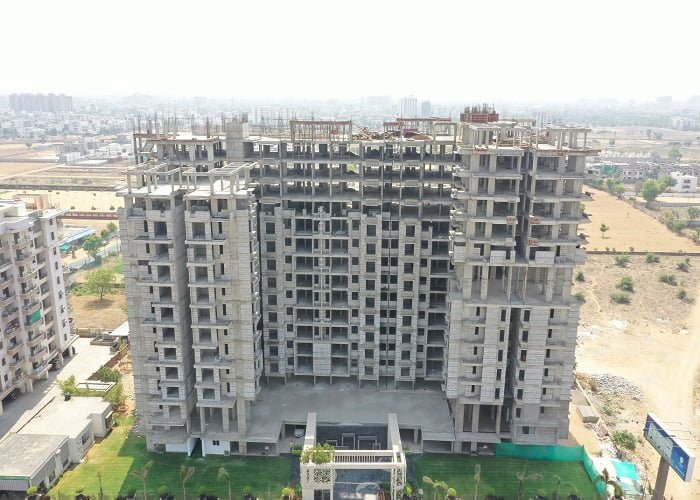
Drones are becoming a valuable tool for conducting site inspections, particularly in areas that are difficult or dangerous to access. They can capture high-resolution images and videos, allowing safety managers to identify potential hazards without putting workers at risk.
- Aerial Surveys: Drones can conduct aerial surveys of construction sites, providing detailed maps and 3D models. These surveys can be used to assess the site layout, monitor progress, and identify any safety issues, such as unstable structures or potential fall hazards.
- Remote Inspections: In dangerous or confined spaces, drones can be used to perform inspections remotely. This reduces the need for workers to enter hazardous areas, minimizing the risk of accidents.
- Emergency Response: In the event of an accident or emergency, drones can be deployed to quickly assess the situation and provide real-time data to emergency responders. This can help in coordinating rescue efforts and ensuring the safety of workers.
Building Information Modeling (BIM) for Safety Planning

Building Information Modeling (BIM) is a digital representation of the physical and functional characteristics of a building. BIM technology is increasingly being used in construction safety planning to identify potential risks and develop safer construction methods.
- Risk Assessment: BIM can be used to simulate different construction scenarios and assess the associated risks. By analyzing the digital model, safety planners can identify potential hazards and develop strategies to mitigate them before construction begins.
- Safety Training: BIM models can be used to create virtual training environments where workers can practice safety procedures in a simulated setting. This allows them to gain experience and confidence without being exposed to actual risks.
- Coordination and Communication: BIM enhances communication between different teams on the construction site, ensuring that everyone is aware of safety protocols and potential hazards. The digital model provides a single source of information that can be accessed by all stakeholders.
Challenges in Implementing Safety Rules on Construction Sites
Despite the importance of safety regulations, construction sites often face challenges in implementing these rules effectively. These challenges can stem from various factors, including the nature of the work, the size of the workforce, and the availability of resources.
Leadership Commitment
Leaders in the construction industry must prioritize safety above all else. This means allocating the necessary resources for safety programs, setting clear expectations for safety performance, and holding everyone accountable for adhering to safety protocols. When leaders demonstrate a strong commitment to safety, it sets the tone for the entire organization.
Worker Engagement
Workers are the frontline of construction site safety, and their engagement is critical to success. Companies should encourage workers to take an active role in safety by participating in safety committees, reporting hazards, and sharing ideas for improving safety. When workers feel that their safety concerns are heard and addressed, they are more likely to follow safety protocols and look out for their colleagues.
Continuous Improvement
Safety is not a one-time effort but an ongoing process. Construction companies should regularly review and update their safety policies, conduct safety audits, and seek out new technologies and practices that can enhance safety. By fostering a culture of continuous improvement, companies can ensure that their safety programs remain effective in the face of changing conditions and new challenges.
In conclusion, construction site safety in India is governed by a robust set of regulations designed to protect workers from the many hazards inherent in construction work. However, the effectiveness of these regulations depends on their implementation and the commitment of all stakeholders to maintaining a safe work environment. By understanding the importance of safety rules, adhering to key regulations, and addressing the challenges of implementation, the construction industry can move towards a safer and more sustainable future. Building a culture of safety is not just about compliance; it’s about valuing human life and ensuring that every worker returns home safely at the end of the day.
